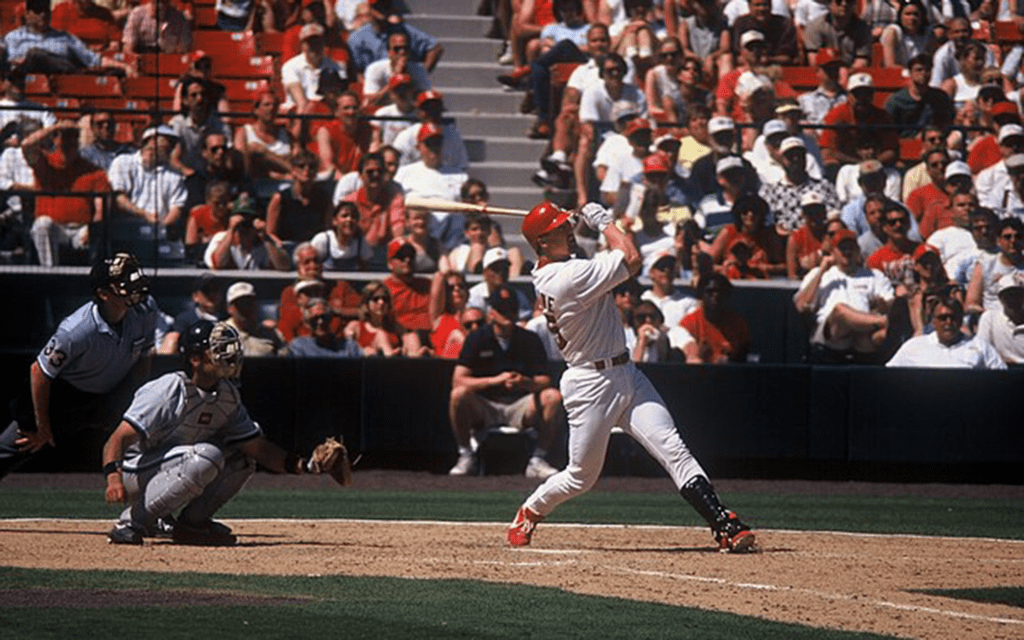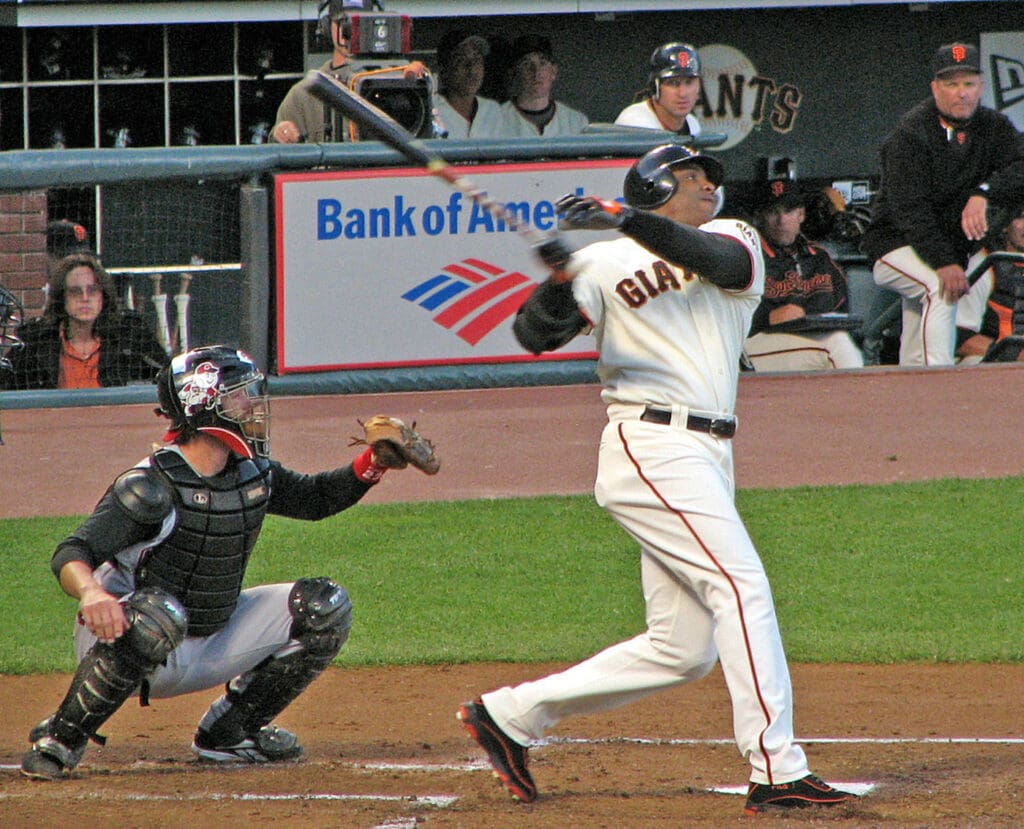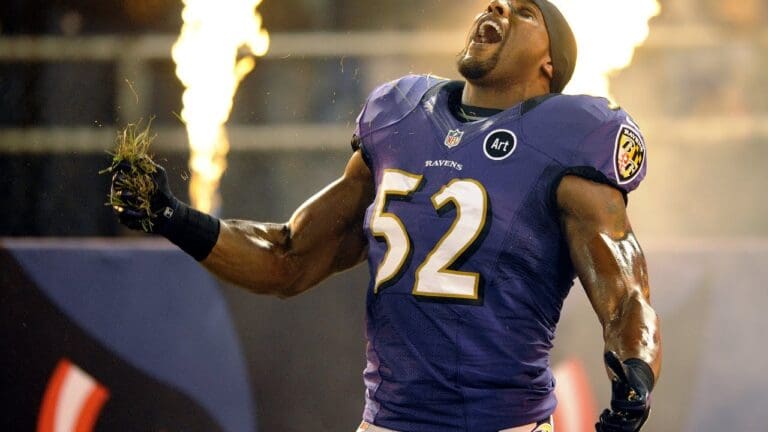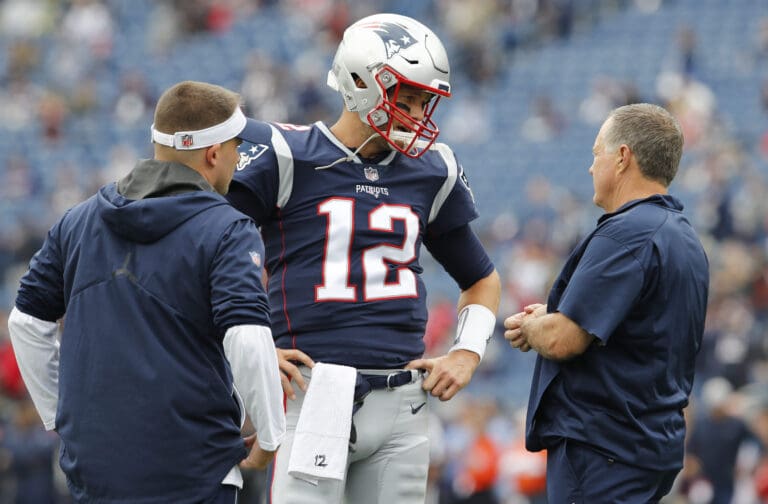Baseball has never seen anything quite like the Steroid Era. It was loud, thrilling, and completely over the top. Home run records weren’t just broken—they were obliterated. Barry Bonds hit 73 bombs in a single season. Mark McGwire and Sammy Sosa turned every at-bat into must-see TV.
Between 1998 and 2009, a whopping ten players joined the once-elite 500 home run club.
But here’s the catch: the numbers were boosted by more than talent. Performance-enhancing drugs (PEDs) were everywhere, and even though the ball was flying out of the park, something about it felt… off. Now, decades later, fans and experts are still arguing over what to do with the stats from that era. Are they legitimate? Do they belong in the record books? Or should they come with an asterisk?
Should We Keep the Records As They Are?
Some say yes — leave the numbers alone. They argue that PEDs weren’t the only reason offense exploded. Smaller ballparks, new bat technology, and more advanced training all played a part.
Plus, Major League Baseball didn’t start serious drug testing until 2003. Can we really punish players for something that wasn’t officially against the rules at the time?
There’s also the argument that the home run races of the late ’90s saved baseball. After the 1994 strike, fans were tuning out in droves. But then came the fireworks — McGwire vs. Sosa, Bonds chasing records — and suddenly, the game had its groove back.

Like it or not, the Steroid Era brought excitement that drew people back to the ballpark.
Or Should We Wipe the Slate Clean?
Others think those records never should’ve counted. Purists believe PEDs gave players an unfair edge and tarnished the meaning of greatness. They say legends like Hank Aaron and Roger Maris earned their place in history the right way — through pure skill and hard work. Letting juiced-up numbers stand, they argue, is a slap in the face to the clean players.
Some suggest putting asterisks next to the tainted records. Others want them gone altogether. But the problem is, we’ll never know for sure who used PEDs and who didn’t. Drawing a clean line is nearly impossible. And erasing history — even the messy parts — has its own risks.
What Other Sports Learned (and What’s Next for Baseball)
Baseball’s steroid mess became a cautionary tale for other sports. The NFL, NBA, and Olympic committees all cracked down, rolling out tougher testing and stricter penalties. Baseball followed suit — but the damage had already been done.

Today, Hall of Fame voting is where the Steroid Era continues to haunt the game. Players like Bonds and Clemens have the stats to get in, but voters remain divided. Some have softened over time, acknowledging the gray areas. Others refuse to budge.
And so the debate rages on.
Where Do We Go From Here?
Baseball is still figuring out how to tell the story of the Steroid Era. It was a time of massive highs and equally massive controversy. The home runs were real. The records were real. But so were the questions that came with them.
Whether the game decides to celebrate, asterisk, or quietly move past that era, one thing’s certain: it changed baseball forever. And the way we choose to remember it will shape how we think about greatness, fairness, and the future of the sport.
Related: 20 Controversial Records From MLB’s Infamous Steroid Era








